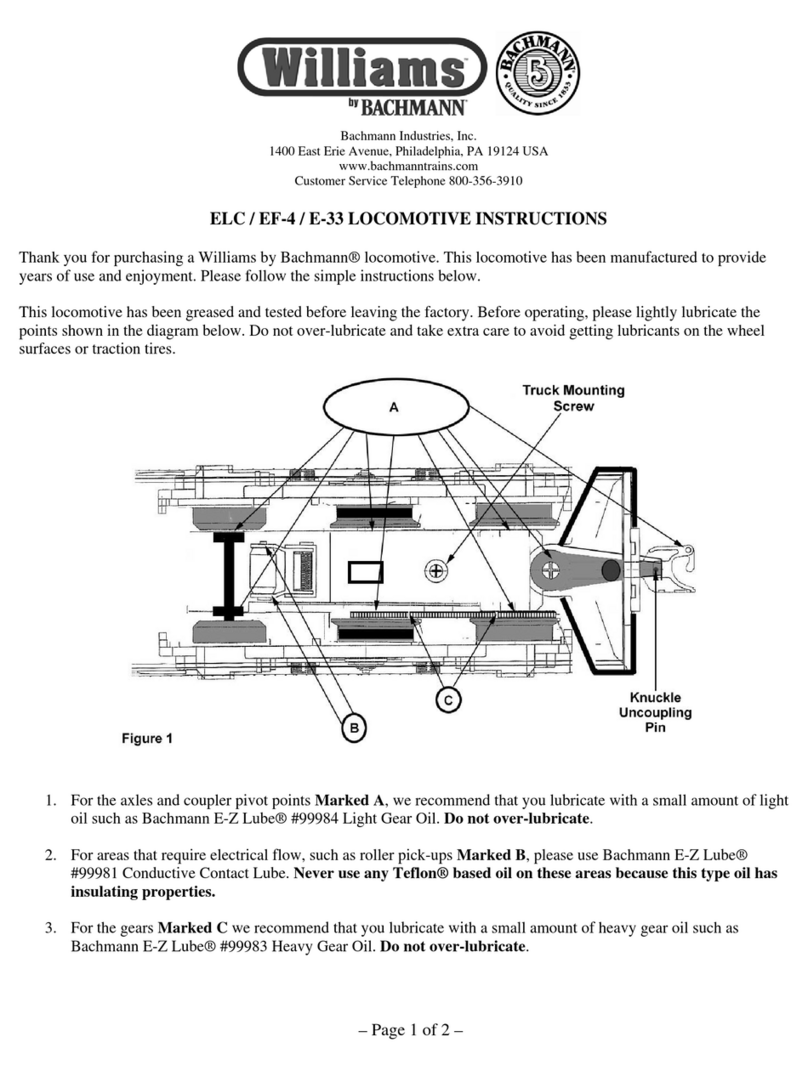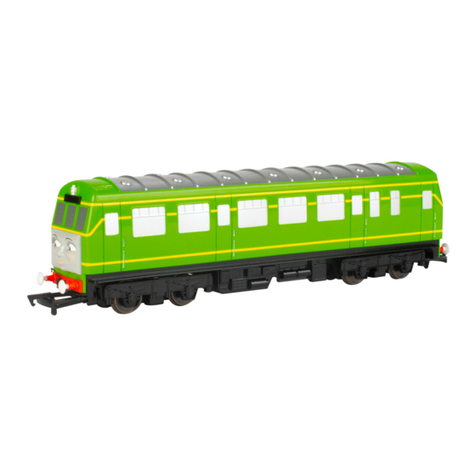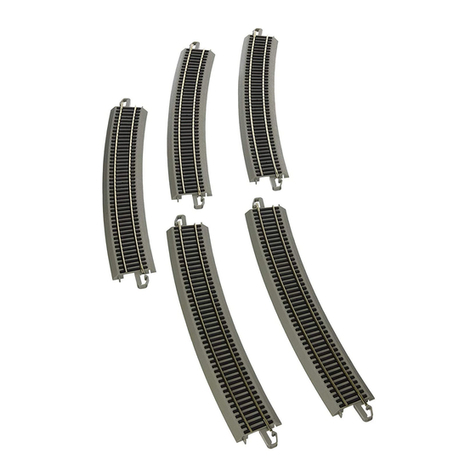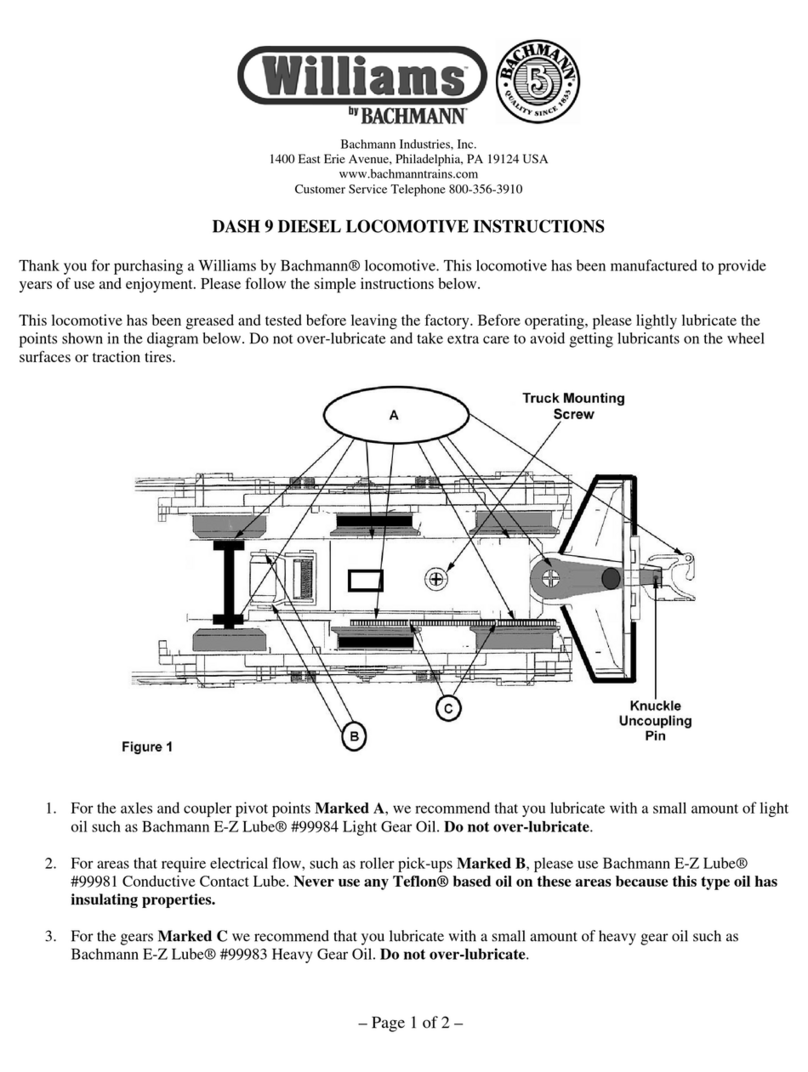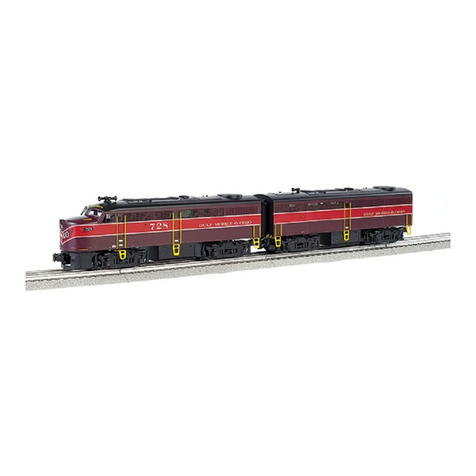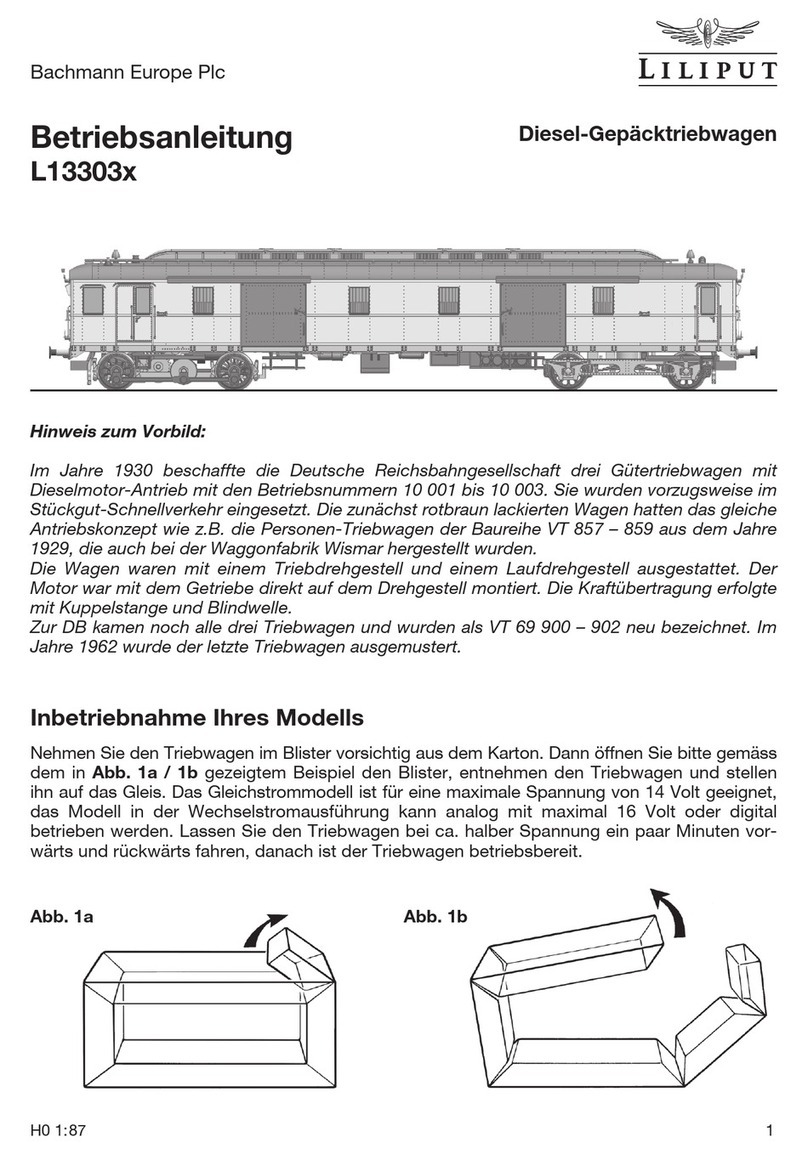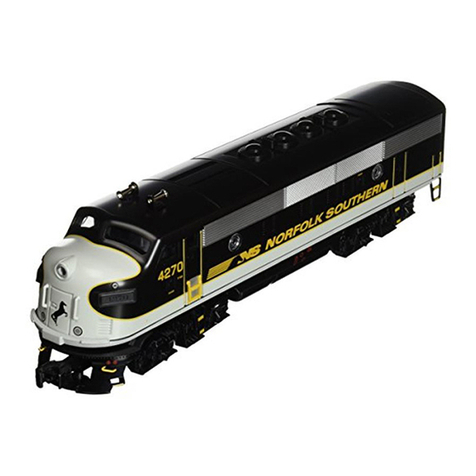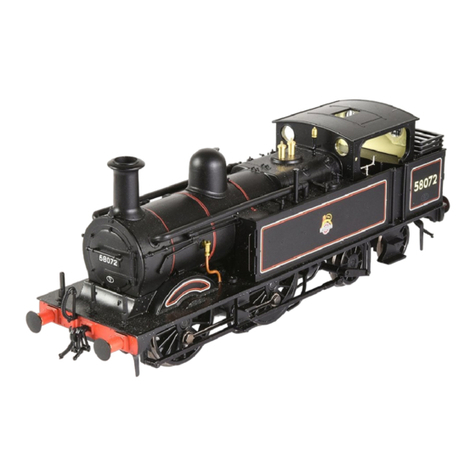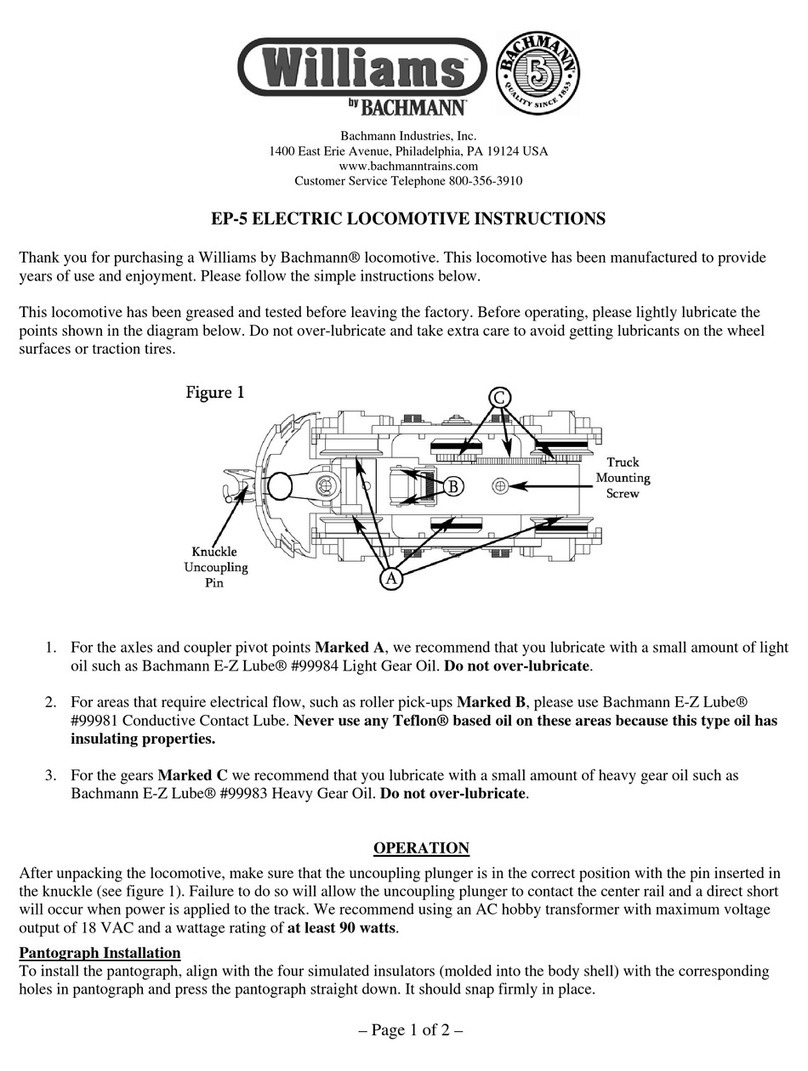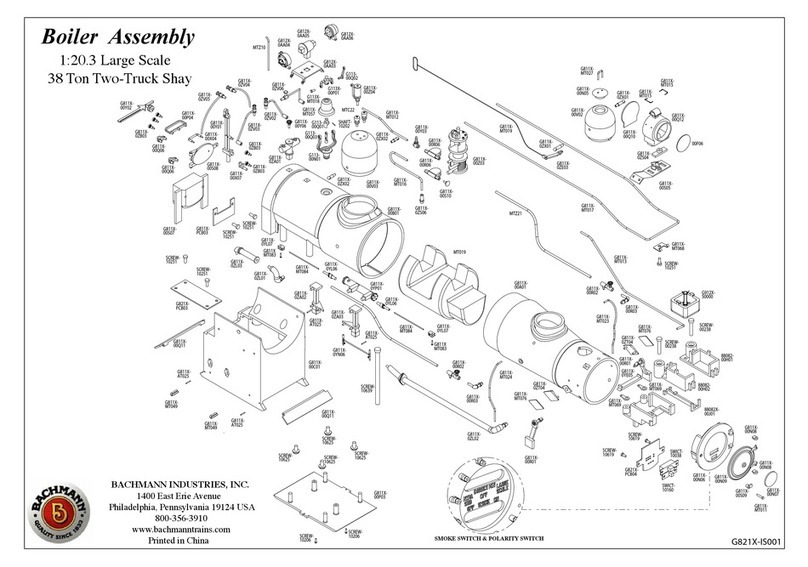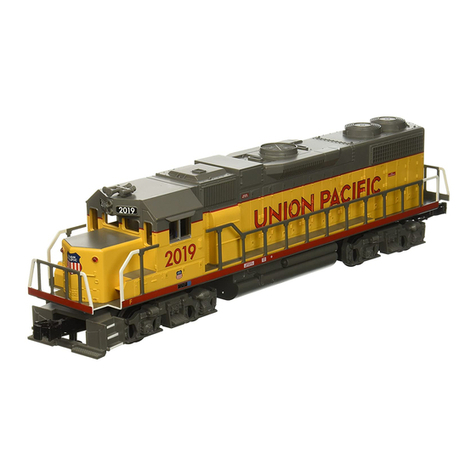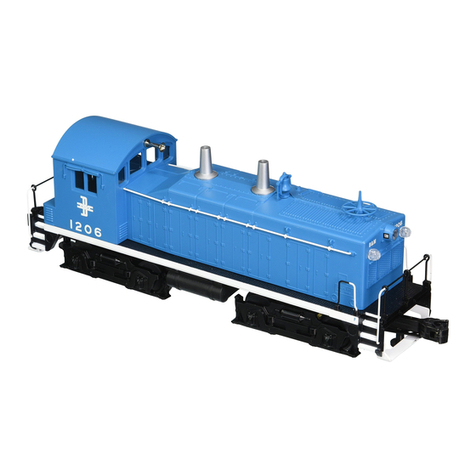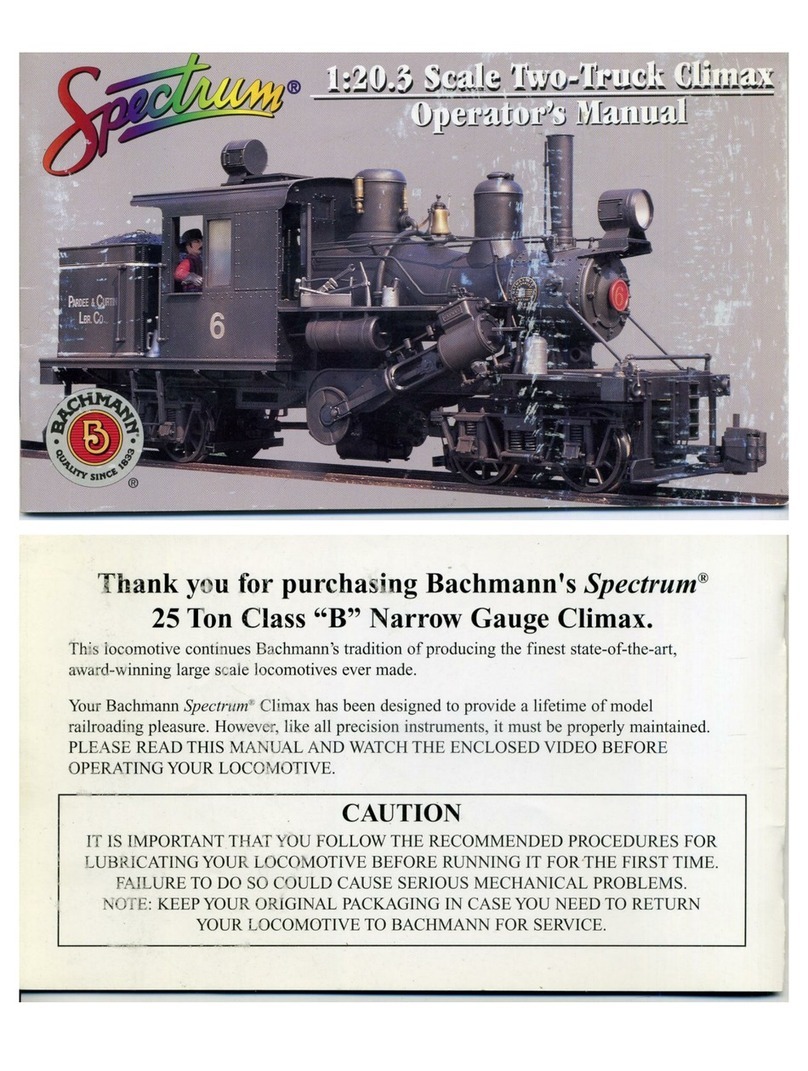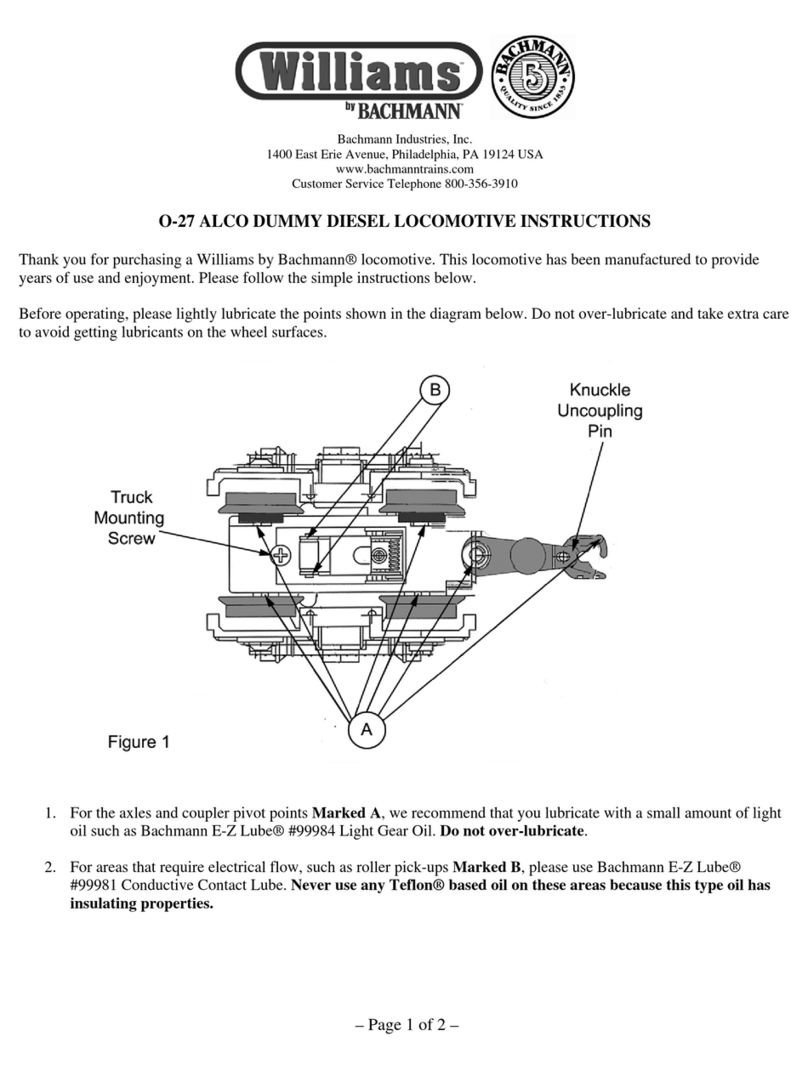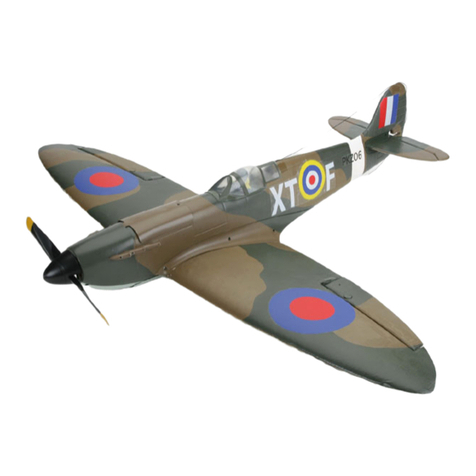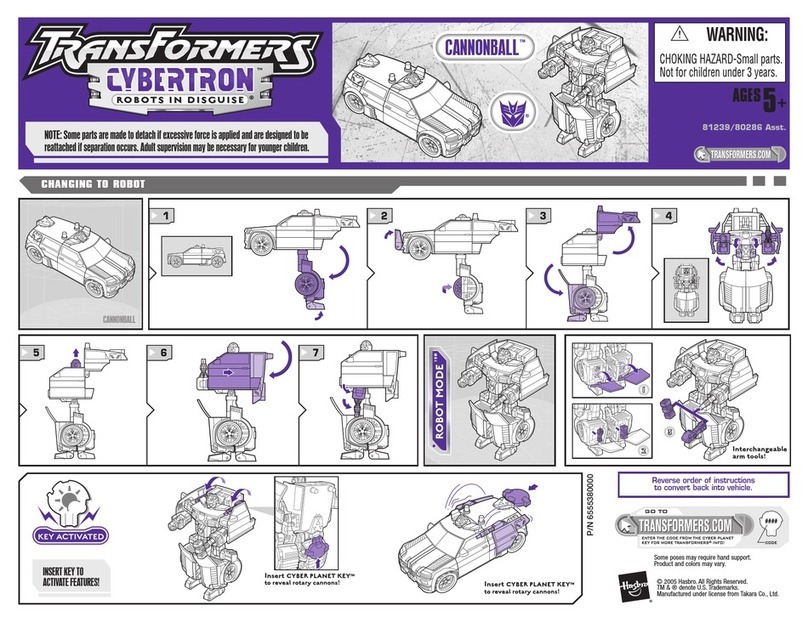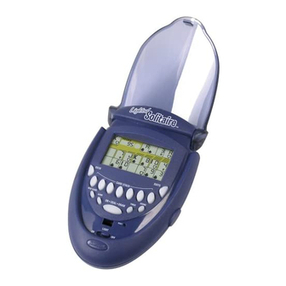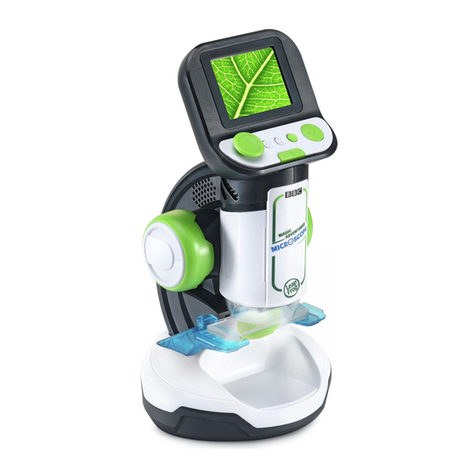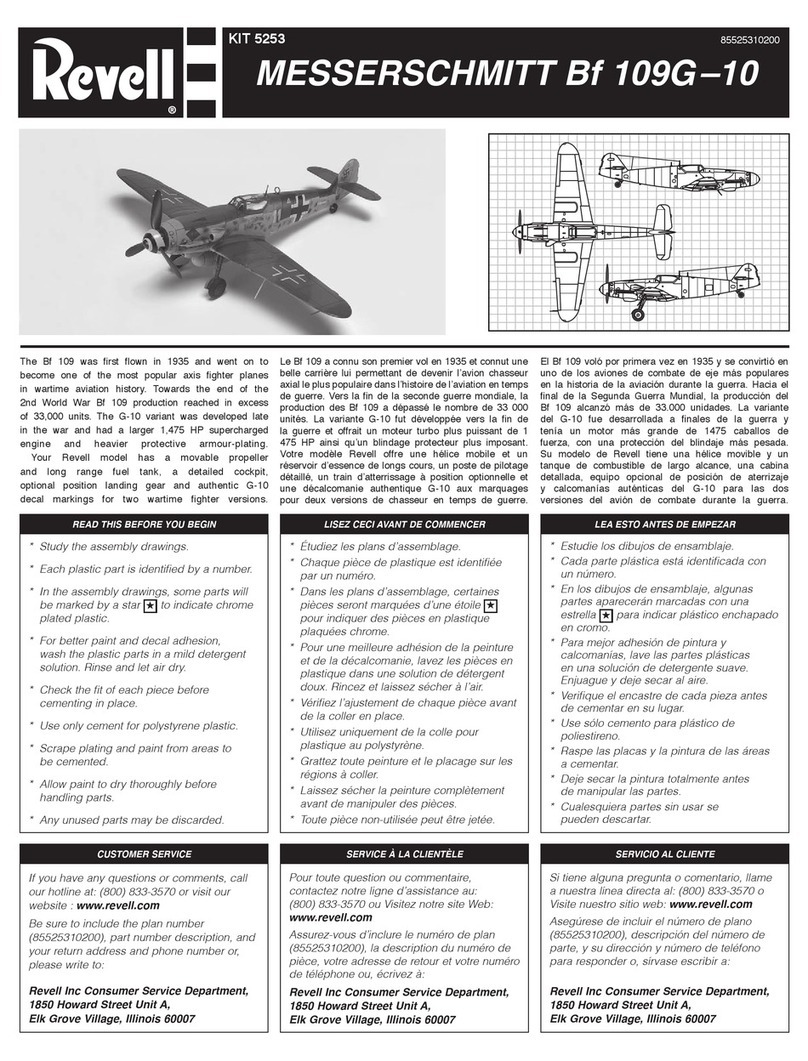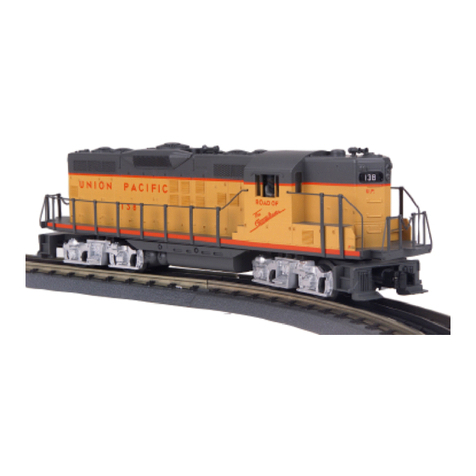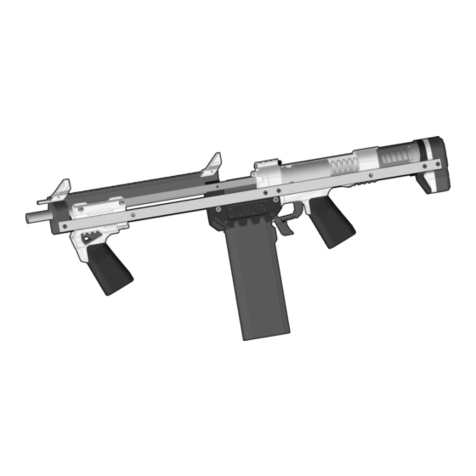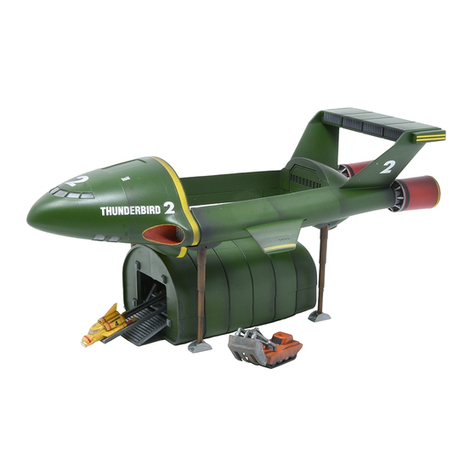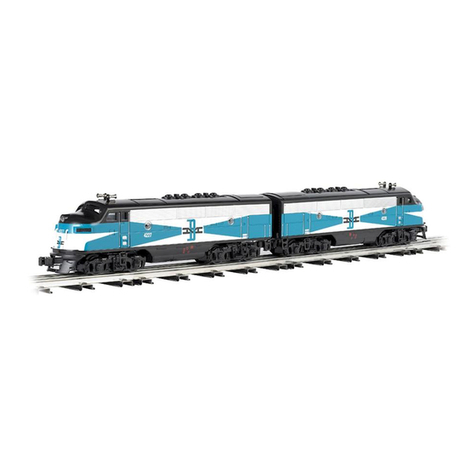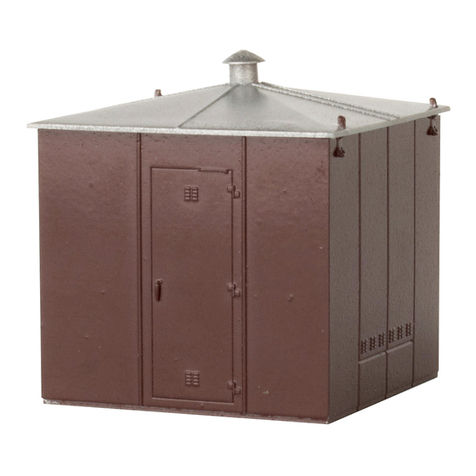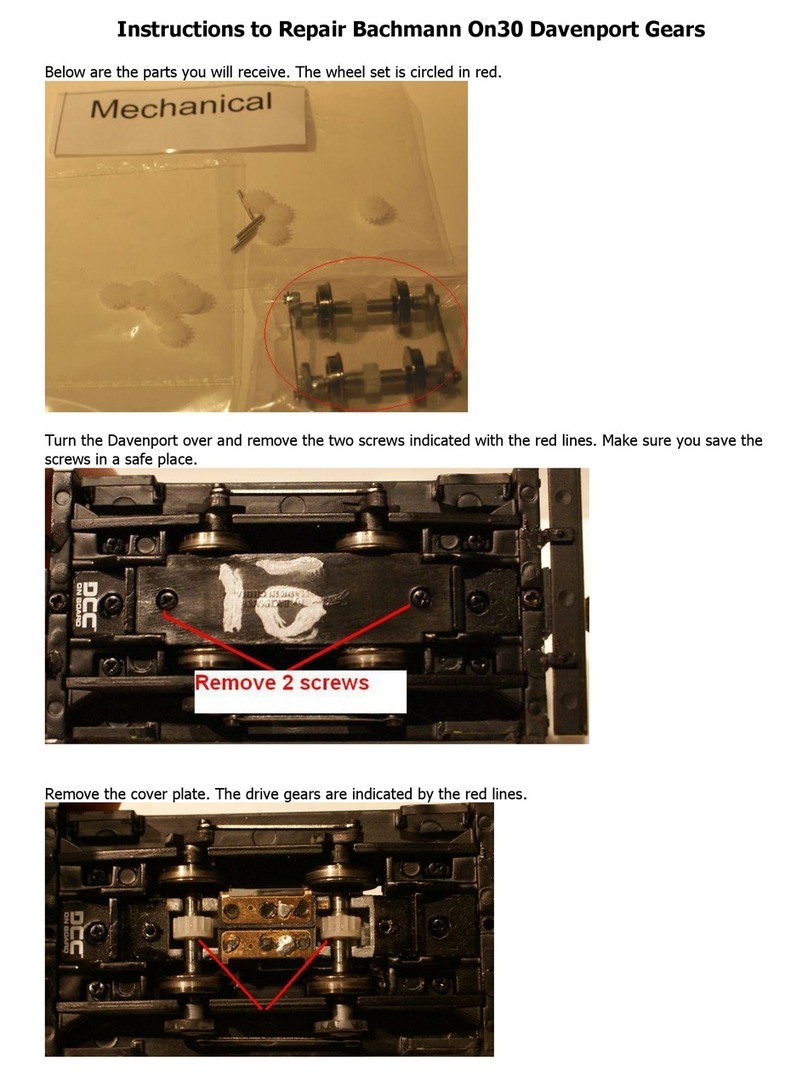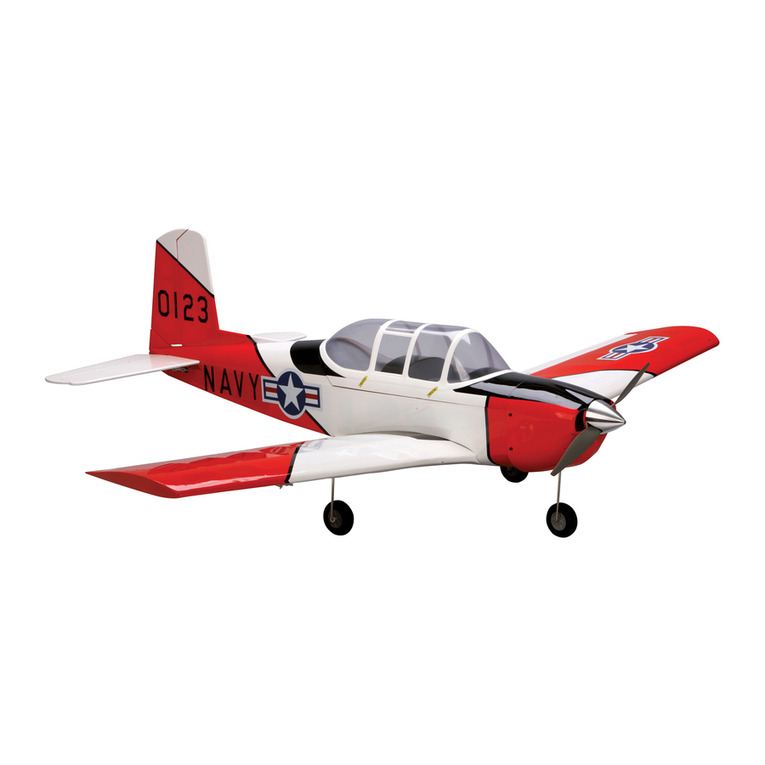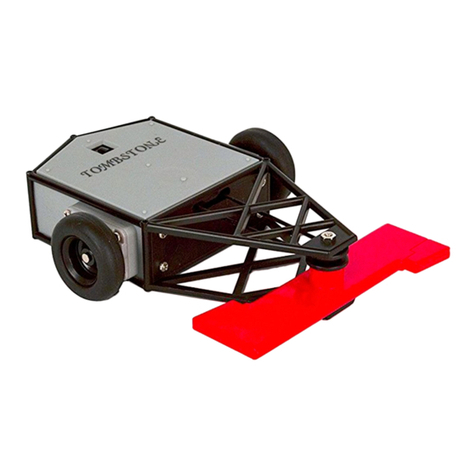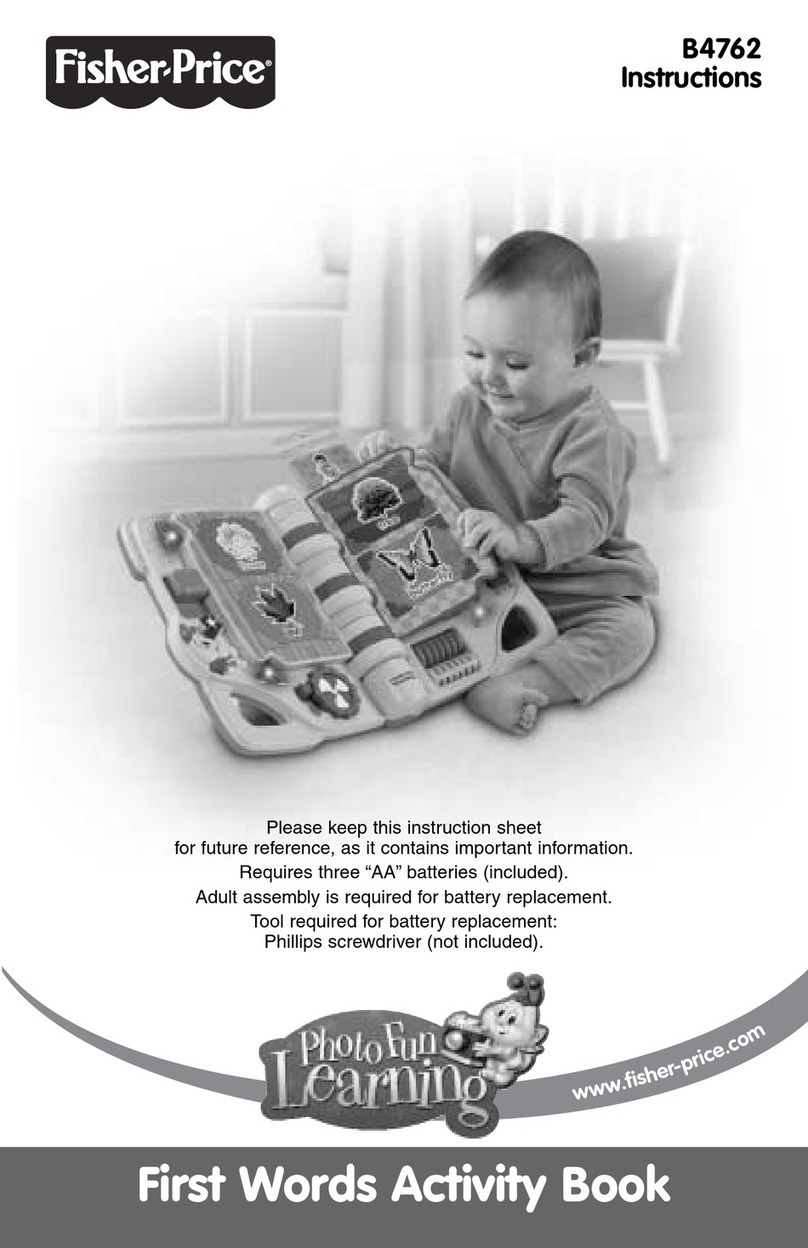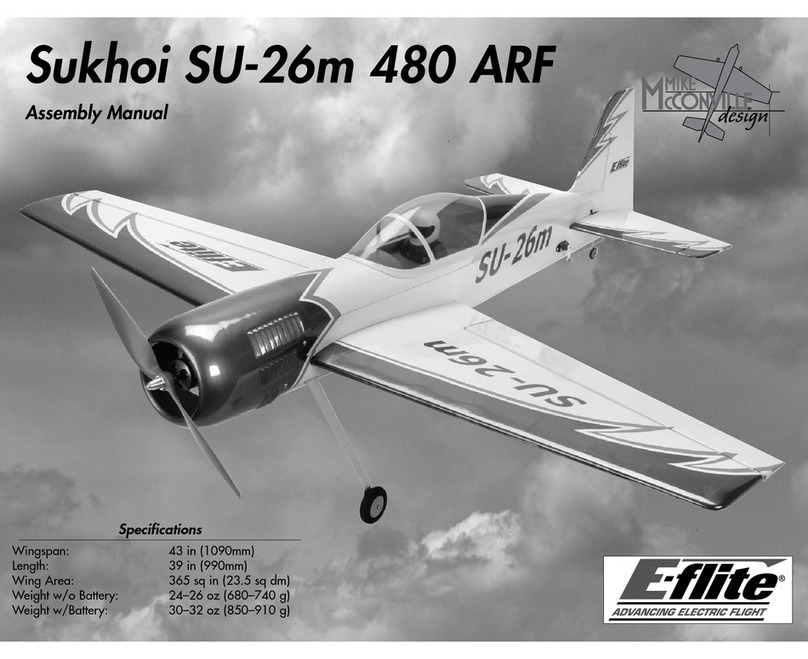Tender
The tender chassis is sprung, but if required can be converted to three point suspension (no parts have
been supplied).
The chassis is internal to the frame and consists of a chassis with strengtheners, bearing guides and
bearings. New brake hangers and brakes have been supplied but do not have to be used. No pull rods
have been supplied and modification of the existing pull rods will have to be made if using new brakes
and hangers. The existing pull rods may require some modelling skills by drilling the ends of the cross
rods and inserting a piece of 0.45mm wire to fit the pull rods to the new brakes.
Tender Chassis - Sprung
Remove the bearing guides (44) and check the bearing fits snugly into the recess of the guide, it may
be necessary to open up the centre holes. The bearings were fixed to the guides on the test model.
Fold the tag at the top of the guide over a piece of 3-1/2” 0.30mm. spring wire on each of the guides;
ensure that the guide can slide freely along the wire. Remove the chassis frames (45) do not fold up
yet.
Fold back the legs (fold on the outside) at the axle box guides and using the bearing guides to ensure a
sliding fit between the legs and bearing guide fix legs into position. (Remove these legs if using a
compensated chassis) .
Carefully ‘fold in’ the spring wire guides and if necessary use a small amount of solder to strengthen the
fold but keeping the holes in the guides clear.
Fold down the chassis sides and front locating beam and for additional strength solder the folds when
satisfied the chassis flat and square.
Remove the bearing guides from the spring wire and insert the spring wire through the holes in the front
drag beam locating the bearing guides as the wire is pushed further into the chassis.Do not fix the
spring wire to the guides but bend ends to keep in position. Due to the fragile nature of the chassis at
this stage the bearing guides will not always stay in position, but when further components are added
the guides will retain their position.
Remove tender wheels and all surplus plastic from inside the tender frames except the locating peg for
the coupling bar, check the fit of the chassis inside the frames it has been designed to be a smooth fit
between the frames but does need a little juggling to ease the inner chassis up against the tail rods
from the front buffer stops.
Remove the inner chassis left and right (46 – 47), for the sprung chassis, with a piecing saw completely
remove the rear axle bearing hole support and axle guides from the chassis. (For the compensated
chassis fold back the axle guide doublers (fold on the outside) and bend the tag back to retain the axle).
Check fit of inner chassis (46-47) against the slots in the main chassis, 00 inside 18.83/EM on the
outside, fix in place spacers (48-49) for the required gauge. Finally fix in place stiffening spacer (50).
The chassis is now complete and wheels with pin point axles can be fitted, due to the inflexible nature
of the plastic outer frames in order to get the chassis to now fit into the outer frames a small amount of
metal needs to be removed from the back of the brass wasted bearing and a groove needs to be made
behind the axle box along with plastic being removed from the back of the axle box.
If required the brakes (51) and hangers (52) can now be fitted and modification of the plastic pull rods
made and re-installed within the chassis.
The kit includes n alternative variation of the sieve box (53) front (54) back. If required, to assemble
form a piece of 1mm wire in a ‘U’ shape, pass through from the front of the sieve box and secure at the
rear with the backing piece.
Steps
Please check photographs for the model being made because there are several variations of steps.




















